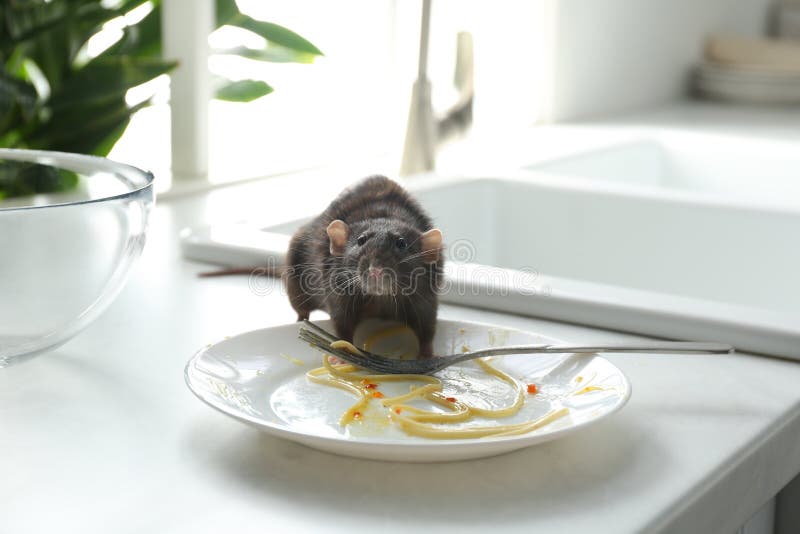Non-Toxic Mouse Repellent Home Remedy Guide: Natural Solutions for a Pest-Free Home
Share
If you've noticed tiny mice scurrying across your kitchen floor or heard the telltale squeaks in the walls, you're not alone. Many homeowners are seeking ways to eliminate these pesky rodents without resorting to harmful chemicals. In this non-toxic mouse repellent home remedy guide, we'll explore effective and natural solutions to keep your home mouse-free.

Understanding the Mouse Menace
Mice are more than just a nuisance; they can carry diseases and cause significant damage to your property. Understanding their behavior is crucial in developing effective strategies to keep them at bay. Mice are attracted to food, warmth, and shelter, which makes homes particularly inviting. By eliminating these attractions, you can reduce the likelihood of an infestation.
Natural Ingredients to Repel Mice
Several natural ingredients have been shown to repel mice effectively. These include peppermint oil, cloves, and cayenne pepper. Peppermint oil, for instance, has a strong scent that mice find overwhelming. You can create a simple spray by mixing a few drops of peppermint oil with water and spraying it around entry points and areas where you've noticed mouse activity.
Setting Up Homemade Mouse Deterrents
Homemade deterrents are not only easy to make but also safe for your family and pets. One popular method involves using a mixture of peppermint oil and water, as mentioned earlier. Another option is to use a combination of vinegar and water, which can also deter mice due to its strong odor. Be sure to reapply these solutions regularly to maintain their effectiveness.
Integrating Non-Toxic Methods in Your Home
Beyond using natural ingredients, consider incorporating physical barriers to prevent mice from entering your home. Seal any cracks or holes in walls, floors, and foundations. This step is crucial in ensuring that your efforts to repel mice are successful. Additionally, maintaining a clean and clutter-free environment can help prevent mice from finding hiding spots.
Essential Oils as a Mouse Repellent
Essential oils are a popular choice for those looking to repel mice naturally. In addition to peppermint oil, consider using oils like eucalyptus or tea tree oil. These oils can be used similarly to peppermint oil by diluting them with water and spraying around your home. For more on creating essential oil blends, check out essential oil blends.
Creating a Mouse-Free Environment
To create a truly mouse-free environment, it's essential to combine several strategies. In addition to using natural repellents, consider adopting a cat. Cats are natural predators of mice and can help reduce the mouse population in your home. However, if you have allergies or cannot have pets, relying on non-toxic remedies can still be highly effective.
Long-Term Maintenance and Prevention
Once you've successfully repelled mice from your home, maintaining a mouse-free environment is critical. Regularly inspect your home for new entry points and seal them immediately. Keep food stored in airtight containers and ensure that garbage is disposed of properly. For more pet-safe solutions, visit pet-safe solutions.
Conclusion
By following this non-toxic mouse repellent home remedy guide, you can enjoy a pest-free home without resorting to harmful chemicals. Remember, consistency is key. Regularly applying natural deterrents and maintaining a clean environment will help keep mice at bay. For more information on natural pest control methods, visit natural pest control.

FAQs
Can peppermint oil really repel mice?
Yes, peppermint oil is a popular natural remedy for repelling mice due to its strong scent that mice find overwhelming.
How often should I reapply natural repellents?
It's recommended to reapply natural repellents every few days to maintain their effectiveness.
Are these methods safe for pets and children?
Yes, the natural remedies mentioned in this guide are safe for pets and children. However, always ensure that essential oils are used in moderation.
